COVER STORY
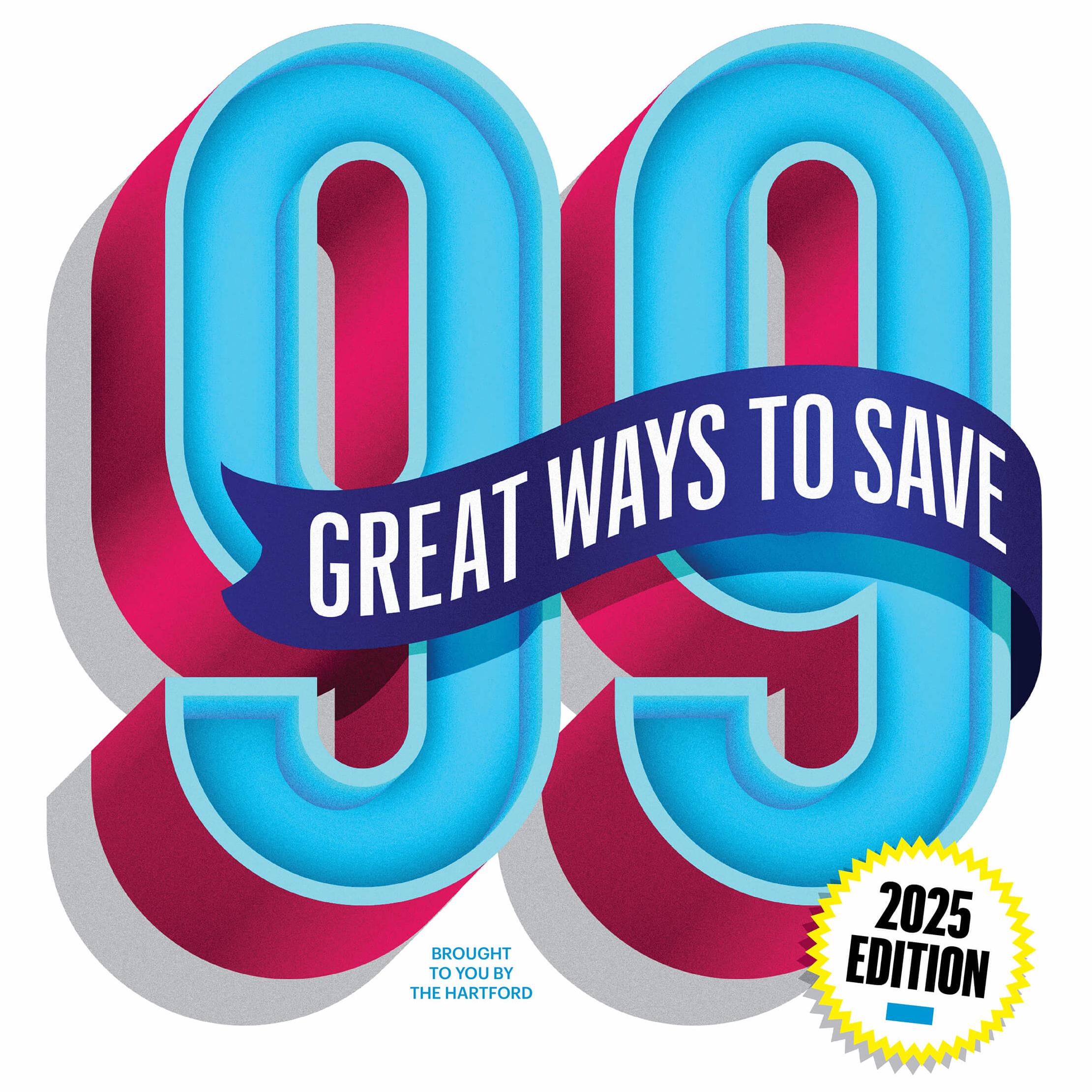
BY BETH BRAVERMAN, AMANDA GENGLER AND DAVID SCHIFF
Welcome to the 16th annual edition of 99 Great Ways to Save. We’ve all weathered some economic turbulence in the time we’ve been producing these tips—inflation, rising interest rates, fundamental changes in the way people shop, and now uncertainty about whether and how changes in international trade tariffs will hit our pocketbooks. One thing that hasn’t changed: the importance of saving a buck. So we’ve consulted with some of America’s top experts for tips on saving at the grocery store, on travel, with home improvements and car care and more. Not every tip will work for you, but we are confident that in the following pages, you will find ways to save that fit your lifestyle. Happy (bargain) hunting. —The Editors
GROCERY SHOPPING
1 | Use self-checkout. Self-checkout can lead to a decrease in impulse purchases, in large part because shoppers are paying attention to what they’re buying and how much things cost when they’re scanning items.
2 | Be wary of endcap sales. Strategically placed to capture your attention, these “sales” don’t necessarily represent the best price for an item. You might get a better price in the aisle where the product is normally stocked.

3 | Go for reusable coffee pods. As an example, 24 disposable K-cups of Folgers cost $13.82. A 26-ounce container of Folgers will make more than 50 cups for around $13. At that rate, reusable K-cup coffee filters at $9 for four will quickly pay for themselves.
4 | Use your store card and load digital coupons. At many supermarkets, your frequent-shopper card automatically registers discounts. But some stores have an additional digital coupon program for other items. Peruse the online circular and select the items you want in advance, or do this in the store at a dedicated kiosk.
5 | Buy frozen veggies. Do you find fresh produce going bad before you can use it? Frozen veggies are flash frozen at the peak of ripeness and can keep for months in the freezer, so they’re there when you need them. Go for the store brand, as those prices are typically lowest.
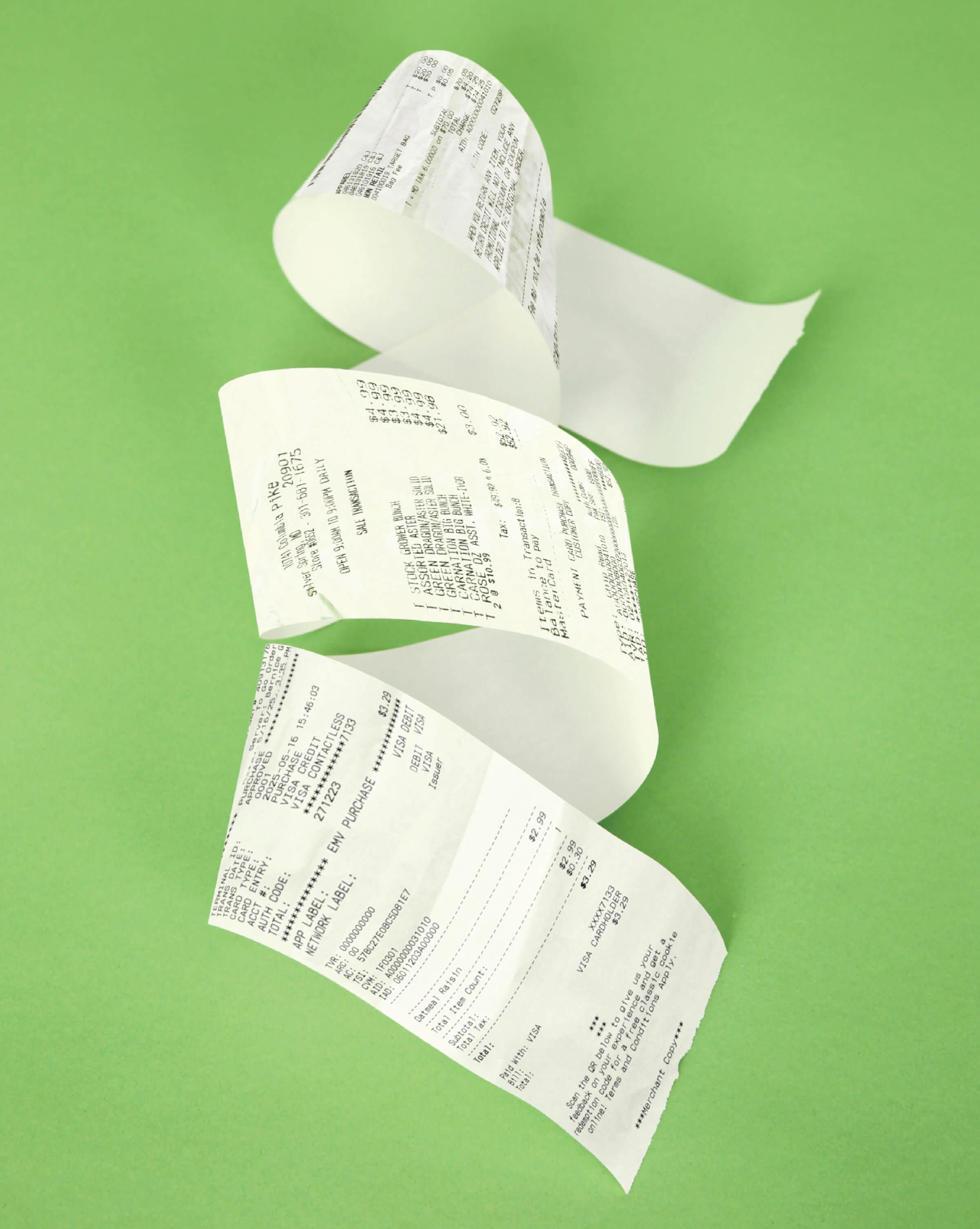
6 | Always check your receipt. Review the sales slip before you leave the store. If you find an error—most often when an item on sale rings up as the full price—you can get a refund fast. If you wait to check until you get home, you’re less likely to follow up.
7 | Look high and low. Some grocery stores place the more expensive items at eye level, while the more economical brands in the same category may be on a higher or lower shelf. Don’t be shy about asking for help to reach up so you can compare prices. You may be surprised at the savings.
8 | Try store brands. You can save 30 to 50 percent off the cost of name brands. Check the ingredients in the store brand’s product against the ones in your favorite name brand. You may be able to return an item if not satisfied.
9 | Go to the clearance section. You can find deep discounts, especially after holidays, when holiday-themed items are marked down, including cereal, candy and paper goods. Blue Buffalo “Santa Snacks” dog treats were marked down from $5.49 to $3.49 after Christmas.
10 | Check flyers, front and back. Supermarkets often put “loss leaders” on both sides of their weekly circulars. These discounts can be so deep that the store actually loses money on them to entice you into the store.
HOME AND GARDEN
11 | Plant trees—strategically. Placing trees on your property can cut your home energy costs throughout the year, including a 30 percent decrease in air-conditioning needs and a 20 to 50 percent reduction in heating expenses, according to the Arbor Day Foundation. For the most impact, plant evergreens to the north and west of your home to block wind in the winter, and deciduous trees to shade east and west windows, patios and your air-conditioning unit.
12 | Consider an electric lawnmower. While it may cost more than a gas-powered one up front, you could come out ahead after two years, depending on the size of your yard and the type of mower you use, according to a Consumer Reports calculation. That break-even point could get even shorter if electric mowers continue to get less expensive or gas prices rise.
13 | Don’t pay for your mulch. GetChipDrop.com pairs homeowners and others who want woodchip mulch with local tree trimmers. Enter your address on the website, and the next time an arborist has wood chips to dump in your area, they’ll drop off a load. (You can spread it yourself or pay a landscaper to do it.)
14 | Bundle year-round services. Many landscapers offer additional services, such as leaf or snow removal, in the offseason. Contracting with one provider for all your needs could reduce your total cost.
15 | Leave your grass clippings. Short grass clippings (about one-third of a blade) left on your lawn after mowing can put nutrients back into the soil as it decomposes. This practice can reduce your fertilizer costs by up to 25 percent.
16 | Install kitchen shelves, not cabinets. When remodeling your kitchen, consider installing open shelves in place of at least some upper cabinets. Shelves are much cheaper and, when loaded with attractive dishware, can add more visual interest—and a more modern look—than a full wall of cabinet doors.
17 | Buy materials at auction. You can bid on all kinds of building materials, like cabinets, flooring and lumber, at local auctions. Some items are new or gently used. Look online for “building materials auctions near me.”
TRAVEL
18 | Stop hoarding your credit card points. A quarter of rewards credit card holders didn’t redeem any rewards last year, choosing to save them. But holding on to points doesn’t pay. Over time, points tend to lose value due to either inflation or program changes, says Bankrate industry analyst Ted Rossman, so you’re better off “earning and burning.”
19 | Inconvenience yourself. Most people don’t want the hassle of taking the first or last flight of the day or a route that makes stops. But dealing with the aggravation often means getting a cheaper fare. “If you fly at the most preferred times on the most preferred days, it’s going to be more expensive,” Rossman says.
20 | Book travel through shopping portals. You may not think of cash-back sites like Rakuten or Ibotta as your first stop for booking travel, but they often have deals and cash-back offers for hotels, car rentals and tours, advises Katie Corrigan Seemann, travel partnerships manager at Upgraded Points.
21 | Sign up for deal newsletters. Many online travel agencies and points blogs send out daily or weekly emails highlighting the best current deals across the web. A few to check out: Going.com, UpgradedPoints.com and TravelPirates.com.
22 | Take a low-cost tour. Several websites, including FreeTour.com, FreeToursByFoot.com and GuruWalk.com, pair travelers with knowledgeable local guides for free or pay-what-you-want walking tours of cities throughout the world. Alternatively, hoof it on your own by using your phone to download a self-guided tour via the GPSmyCity app.
23 | Be flexible when flying. Packed flights, especially during the busy summer months, have airlines increasingly asking for volunteers to give up their seats on oversold planes. Raising your hand to take a later flight can be quite lucrative, even topping $1,000 or more per person. Keep in mind you can negotiate with the gate agent. Ask for meal vouchers or a first-class seat on the later flight.
24 | Eat like a local. Food retailers provide a cheap and creative way to understand a new culture. There’s even a grocery store tourism trend on social media that encourages travelers to hit the region’s local supermarket alongside the usual sightseeing stops. After all, food samples and even new flavors of snack foods and candy can be as memorable as top attractions. Better yet, pick up a meal—you’ll probably pay less than if you sit at a restaurant.
UTILITIES AND ENERGY
25 | Turn down your water temperature. Dialing back your hot water heater’s thermostat from 140 degrees to 120 degrees could save you more than $400 per year, according to the U.S. Department of Energy. Plus, the lower temperature can extend the life of your pipes, slowing sediment buildup and corrosion.
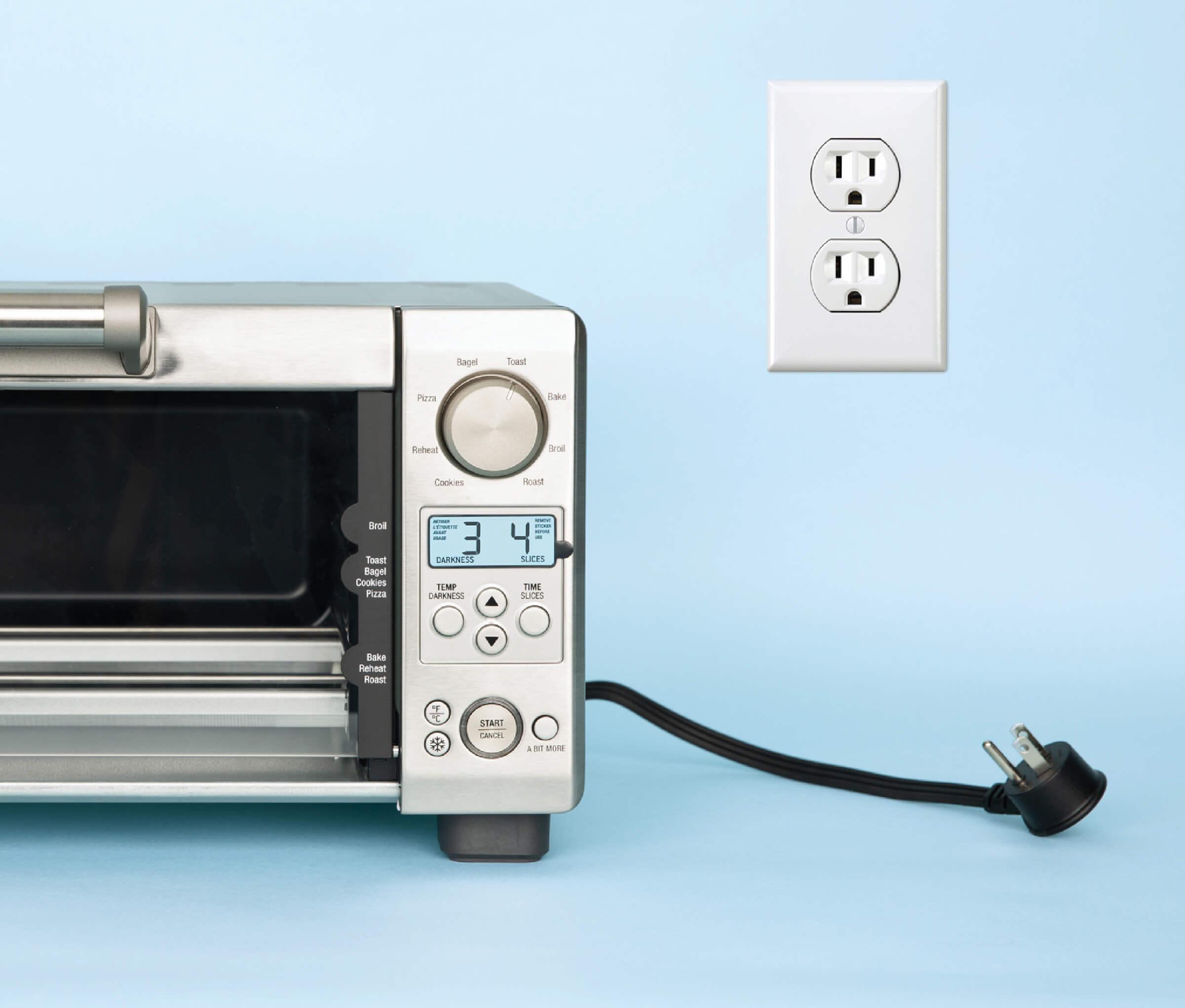
26 | Unplug your toaster. And your coffeemaker, computer and sound system when not in use. Such appliances use “vampire energy,” or standby power, which comprises up to 10 percent of your home’s energy use, even when they’re turned off. If you have several culprits in one room, consider plugging them into a power strip to turn them all off at once.
27 | Clean your dryer vents. In addition to regularly cleaning out your lint filter, clearing debris from your dryer vent can help the machine run more efficiently and reduce the risk of future maintenance issues, according to Courtney Klosterman, home insights expert at Hippo home insurance. You can DIY or hire a pro for about $150.
28 | Benefit from local tax incentives. Many states, cities, municipalities and local utility providers are still giving credits and rebates for energy-efficient upgrades. Research your local incentives before you renovate, update systems such as your HVAC or do major electrical work. For example, in some areas, incentives may make a heat pump more financially attractive than a traditional air-conditioning system.
29 | Maximize your smart thermostat. You’re leaking money if you’ve only set up some basic programming. Features such as sensors or geofencing can track when you come and go, and adjust your home temperature accordingly. Your monthly usage summaries can provide clues for how to save even more. Remember, heating and cooling typically account for about half of your electric bill.
30 | Charge your car smartly. EV owners can often save by charging their vehicles during off-peak hours, including overnight. What’s more, if you plan to install a car charger at home, find out if your utility company offers rebate programs.
31 | Give up some control. More consumers are ceding some power over their home’s electricity use to their utility provider during peak demand times, in exchange for credit or savings on their bill. So at 5 p.m. on a hot day, your utility company may dial down your usage a bit on your heat pump, water heater or smart thermostat. Experts say you shouldn’t notice a huge difference, since utility companies can prepare in advance, such as heating your water or cooling your house an hour or two before peak demand. These programs may be called virtual power plants, demand response programs, thermostat programs or demand flexibility programs.
GET IT FREE
32 | Join loyalty clubs. Many retail and restaurant loyalty programs reward members with freebies, like a “gift” for their birthday, or after they make specific purchases or spend a certain amount of money. For example, members of MyMike’s, Jersey Mike’s loyalty program, earn Shore Points for their purchases, which they can later redeem for free sandwiches.
33 | Hit your warehouse club midday. Warehouse stores like Sam’s Club and Costco typically run “product demonstrations,” a.k.a. free samples, often between 11 a.m. and 5 p.m. most days, says Michael Clayman, owner of Warehouse Club Focus, an industry trade publication.
34 | Maximize your credit card perks. In addition to rewards points, many credit cards offer valuable perks to cardholders. The Chase Sapphire Reserve card offers a credit that gets you free Global Entry or TSA PreCheck at airports, while Bank of America cardholders get free access at certain times to more than 200 museums around the country.
35 | Get help with your meds. People with low income or without prescription drug coverage may qualify for “patient assistance programs,” which provide free or discounted medications. Learn more about these programs at RxAssist or NeedyMeds.org. Don’t qualify for those programs? Ask your doctor for any free samples when they write you a new prescription.
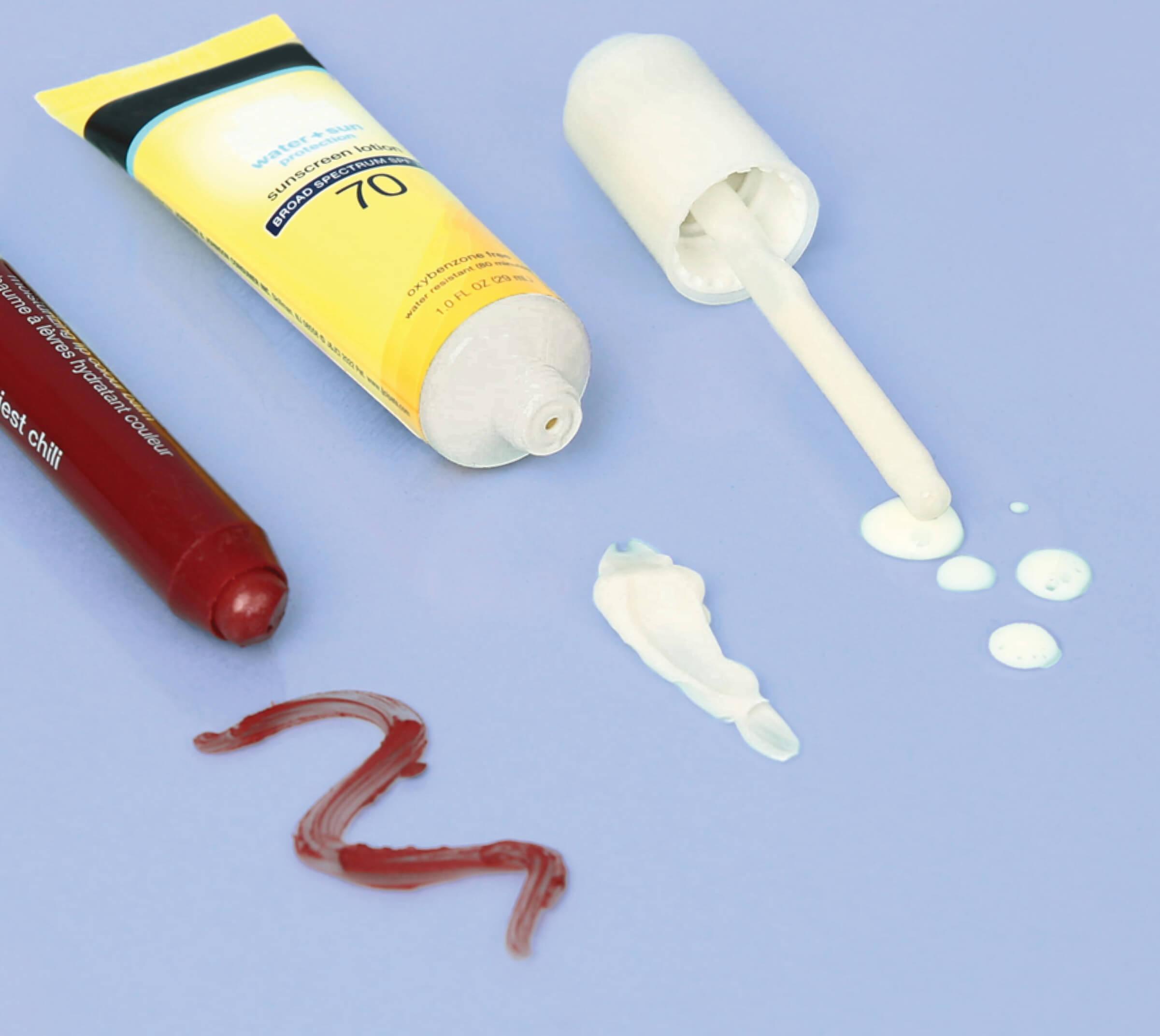
36 | Test beauty products. If there’s a makeup or skincare line that you’d like to try before purchasing, tell an associate at a beauty retailer or at the brand’s counter in a department store. They’re often happy to send you home with a sample, says beauty stylist and makeup artist Isabella Canedo.
37 | Watch movies for free. AARP Movies for Grownups offers free screenings online and in person all year long. Go to aarp.org/freemovies for more information.
SHOP ONLINE
38 | Don’t fear the chatbots. Some retailers, like Walmart, Home Depot and H&M, offer 24/7 chatbots that not only answer questions about products but also may provide tips about how to qualify for free shipping, upon request.
39 | Shop for clothes off-peak. Many online retailers now use dynamic pricing, raising prices during times of peak demand. That means that when demand is lowest, they’re likely to reduce prices. Lower online prices from fashion retailers often appear on Saturday mornings or over long holiday weekends. And don’t miss seasonal sales.
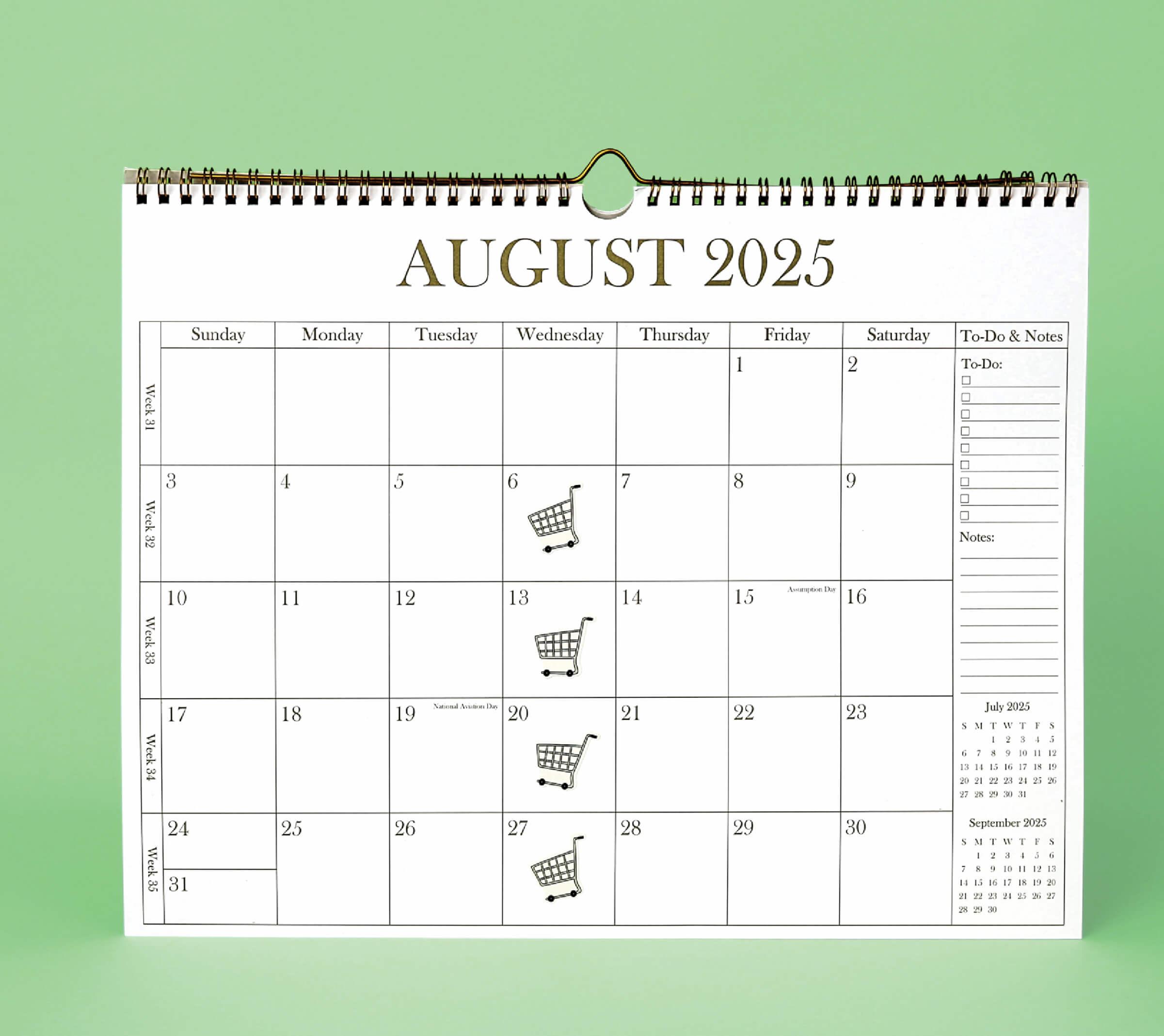
40 | Buy groceries on Wednesdays. If you’re willing to possibly pay more for the convenience of online grocery shopping, consider filling your pantry on Wednesdays. That’s often the best day to get discounted items before they sell out, since more supermarkets adjust their prices midweek, says Stephanie Carls, retail insights expert at RetailMeNot.
41 | Get the heads-up about price drops. Use sites like Honey or Karma to set up price-drop alerts. You’ll get a notification when an item’s price is reduced.
PET CARE
42 | Get free or subsidized pet vaccines. Many communities have organizations that provide free or reduced-price vaccines to low-income pet owners. Ask about it at your local pet shelter.
43 | Consider a pet wellness plan. An animal wellness plan allows you to purchase bundled, preventive and routine care, such as vaccines, checkups and dental treatments, for a discounted price. You can buy these through pet insurance companies and veterinary hospitals.
44 | Buy veterinary medications online. Before filling your pet’s prescriptions through your vet’s pharmacy, see whether you can find a better price from an online pharmacy. If so, ask your vet to write scripts you can fill that way.
45 | Rotate your pet-food subscriptions. In addition to discounts on recurring orders for autoshipped pet food, retailers may offer a bigger discount for first-time customers. PetSmart, for example, offered 35 percent off your first autoship order, while Pet Supermarket offered customers 50 percent off select brands for initial autoshipped delivery. Sign up for one, and then a few months later, switch to take advantage of another offer.
46 | Pay less for pet insurance. Many companies offer access to group pet insurance rates as a voluntary benefit to employees. If you don’t work for such a company, you may be able to access a discounted rate through your Costco or AAA membership. And AARP has a pet insurance discount through Fetch at aarp.org/petinsurance.
47 | Focus on flea prevention. Talk to your vet about whether using a topical treatment or pill makes sense for your pet. Staying on top of that can help you avoid not only costly vet bills but also the expense of bringing an exterminator into your house, which can cost hundreds of dollars.
BUY IT USED
48 | Buy used books. You can’t beat the 25 cents to $2 that libraries typically charge at their used-book sales. But if you seek a specific title, you’ll probably find it on a site like ThriftBooks.com, AbeBooks.com or Amazon. Watch shipping costs: We found a book on one site for $3.99 plus $3.49 shipping; the same book on a different site was $4.27 plus $1.99 shipping, a savings of $1.22.
49 | Think local for big stuff. For bulky items like furniture and exercise equipment, stick with local listings on websites such as OfferUp or Facebook Marketplace. You’ll avoid hefty shipping costs, plus you’ll have a chance to inspect items before you plunk down the cash.
50 | Buy vintage clothing in person ... While there are websites that sell used clothing, brick-and-mortar thrift shops are still your best bet, because you can make sure the item fits and assess its condition before you buy. Some resale websites don’t allow returns or have high restocking fees on top of shipping you paid.
51 | ... but look online for secondhand, high-end fashion. You can save up to 50 percent on items such as designer bags and dresses, which are less likely to show up at thrift stores. Check out sites like TheRealReal.com and Rebag.com that promise to inspect items and guarantee their quality and authenticity.
52 | Save with refurbished electronics. Cellphones, laptops and other electronics have few moving parts to wear out, so refurbished items really can be as good as new, tech experts say. Recently, for example, a refurbished 13-inch MacBook Air at Apple.com was $829, a savings of $170 over a new one of the same model. Check the warranty; if you buy directly from manufacturers such as Dell or Apple, you’ll likely get the same coverage that comes with a new item.
PERSONAL FINANCE
53 | Pay your mortgage every two weeks. If you pay half your monthly mortgage biweekly, you’ll end up making one extra monthly payment each year. The extra amount is applied to the principal. So, a $350,000 mortgage at 7 percent would be paid off in 23.7 years instead of 30, saving $120,619 in interest.
54 | Do the same for credit cards. If you are carrying a balance, you’ll pay less interest even if the two payments equal what you would have paid with one monthly payment. Paying more frequently also improves your credit score, making you eligible for cards with fewer fees and better rewards.
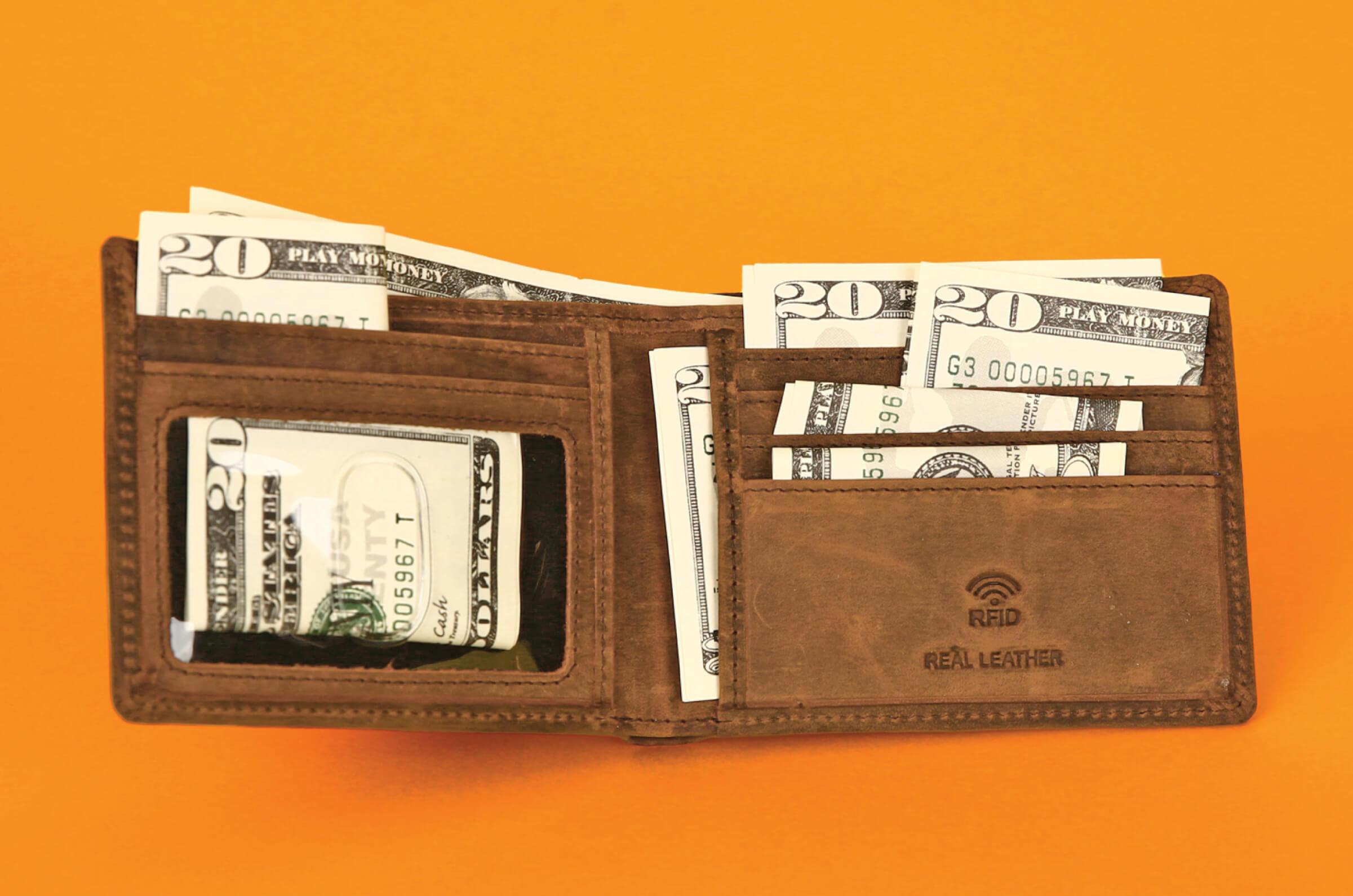
55 | Carry cash again. In recent years, credit card companies have increased the processing fees they charge businesses—up to 3 percent of purchases. More and more small businesses will pass the fee on to you, unless you pay cash. And research, including a 2021 study published in Scientific Reports, has shown that people who pay with cash spend less.
56 | Consider digital banking. Online-only banks generally offer better savings account interest rates and lower (or no) fees compared with traditional banks. However, there’s little or no customer service, and they have limited ATMs, which can make withdrawing and depositing a hassle.
57 | Use AARP calculators. AARP offers access to calculators to help you plan your finances, including creating a budget, mortgage and credit card payoff, figuring out your net worth and more. Go to aarp.org/calculators and click on Personal Finance to start saving.
58 | Try a budgeting app. Nowadays you have lots of apps to choose from. Some require active monthly input, others will automatically allocate funds. Some are linked to your accounts. Some charge fees. And there are apps that keep track of your investments as well as your budget. To find the one that suits you best, start at NerdWallet.com and search for “The Best Budget Apps for 2025.”
59 | Use a debt payoff calculator. To successfully pay off debt, you’ll need a strategy that prioritizes payments, helps you decide what to consolidate and keeps you informed about your progress. There are numerous online calculators and apps designed to help. Check out calculator.net/debt-payoff, which is free. The Debt Payoff Planner phone app has a free basic version and a version with additional features for $2 per month.
60 | Get the best credit card for you. Finding the ideal card depends on your lifestyle and spending habits. Are you looking for cash back? Travel points? The lowest interest rate? Go to cardmatch.com or cardrates.com to compare cards.
CAR CARE
61 | Use synthetic oil. Yes, it costs twice as much as natural oil, but it can last twice as long. Synthetic oil reduces wear on your engine, prolonging its life and giving you a little extra horsepower as well.
62 | Warm up your EV. Running an electric vehicle’s cabin heater when the outside temperature is 20 degrees or below will reduce average driving range by as much as 41 percent, a 2019 AAA study showed. To avoid that, warm up the interior of the car while your EV is charging, and then use the seat and steering wheel heaters to stay comfortable while driving.
63 | Watch EV tire pressure. Electric vehicles have special higher-pressure tires to handle the extra weight of the batteries; they also provide greater starting torque and less rolling resistance. While tires on any vehicle should be kept at the proper pressure, it is especially important for EVs, to maximize range, extend the life of the tires and prevent blowouts from overheated tires.
64 | Shop around for gas. Prices vary by state, so check gasprices.aaa.com if you’re planning an interstate drive or live close to a state border. For example, filling up at $3.27 a gallon in Arizona instead of $4.53 in California would save you $12.60 on 10 gallons of gas. Free mobile apps, such as AAA, GasBuddy and Gas Guru, allow you to see fuel prices at nearby stations so you can find the cheapest option.
65 | Check engine belts. Periodically open the hood and look for cracks, splits or fraying at the top or glazing on the sides. Twist the belt to check for cracks, separating layers or missing chunks underneath. You could save an average of $100 in towing costs, not to mention the hassle of being stuck on the road.
66 | Consider the cost of ownership. The purchase price of an automobile is just the beginning of your expenses. You want an idea of what the car will cost over time to make smart purchase decisions. Consumer Reports, Edmunds and Kelley Blue Book have ownership costs by makes and models. For example, the Toyota Camry and Honda Accord are nearly identical in price, but the Accord will cost $1,987 more to own during the first five years, according to Edmunds.
INSURANCE
67 | Let Big Brother ride along. More drivers are allowing their insurers to use technology called telematics to track their driving. They can then qualify for a lower premium that, on average, saves $120 a year by demonstrating good habits, such as obeying the speed limit, braking gradually and avoiding sudden stops or tight cornering. To decide if you are comfortable with that level of sharing, read the fine print carefully. Be aware that being deemed a bad driver could increase your rates.
68 | Stack small discounts for big savings. Each insurer has a unique list of ways to nab discounts. Call your carrier to learn what’s offered. Common options include discounts for people over a certain age; students with a 3.0 or 3.5 GPA or higher; certain occupations, such as police officers or firefighters; members of specific affinity groups, such as universities or professional organizations; and some safety features.
69 | Pay up front. Many carriers will offer a 5 to 15 percent discount on your premium if you pay for six to 12 months of coverage up front instead of monthly. You may also save by enrolling in automatic payments.
AARP MEMBER BENEFITS
AARP OFFERS ITS MEMBERS LOTS OF WAYS TO SAVE MONEY. HERE’S A LOOK AT SOME OF OUR DISCOUNTS.
70 | Walmart+. AARP members save $40 on a Walmart+ annual membership. Walmart+ members get free delivery from store, free shipping with no order minimum, gas savings and more.
71 | Paramount+. Members can save 10 percent on any Paramount+ plan and can start streaming more than 45,000 episodes and blockbuster movies, live sports, news and exclusive originals—all in one place.
72 | Exxon Mobil. When you link your Exxon Mobil Rewards+ account to your AARP membership, you earn extra points on fuel and convenience store items. Plus, you’ll get double the points on fuel on AARP Member Days.
73 | Restaurants. Up to 15 percent off at Denny’s, Outback Steakhouse, Carrabba’s Italian Grill and Bonefish Grill, plus your favorite local spots.
74 | Car rentals. Up to 35 percent off base rates when you choose Pay Now at reservations, or up to 30 percent off with Pay Later at the pickup counter at Avis and Budget.
75 | Prescription savings for everyone. And AARP members receive additional benefits, including deeper discounts on medications, home delivery and coverage for your dependents through AARP Prescription Discounts provided by Optum Rx.
76 | Allstate Roadside. Roadside protection plans starting at $5.50/month, including Roadside Assist and Roadside Advantage.
77 | Flowers and gifts. AARP members get 25 percent off sitewide and 30 percent off select items from FTD and Proflowers.
78 | Vision discounts. Members and their families enjoy exclusive savings on eyewear at Target Optical, LensCrafters and Visionworks.
79 | RushMyPassport. AARP members and their families can save 15 percent on expedited U.S. passport and travel visa services. Expedited options are available for all passport types.
WANT MORE AARP BENEFITS?
Visit aarp.org/see-benefits to see all your benefits and local savings.
80 | Switch coverage if you drive infrequently. Niche carriers such as Root or Metromile cater to low-mile drivers. Your rate depends on how much and how safely you drive. If you get behind the wheel only once a week to go to the store or doctor, you can save more than $1,000 a year compared with traditional car insurance.
81 | Inventory your home. You’ll be hard-pressed to remember all of your possessions if a fire, flood or hurricane devastates your house. You’ll want a list of them to get a fast, accurate payout from your insurer. Walk around your house and take a video, narrating the belongings in all your rooms, including closets, cupboards and drawers. Upload it to your computer and the cloud. Then hope you’ll never need it.
ENTERTAINMENT
82 | Take advantage of new credit card perks. If it’s been a while since you’ve browsed what your card offers, you’re likely leaving money on the table. Issuers are constantly updating their perks. You may be surprised to find some issuers have added discounts on food delivery, ride-hailing, and music and video streaming, as well as presale tickets for concerts and shows.
83 | Buy discounted gift cards. Many big-box retailers and credit card issuers, particularly during holiday promotions, offer deals on gift cards for restaurants, travel, movies and more. You could save $20 to $25 on a gift card package worth $100 to a casual pizza chain, for example.

84 | Enjoy a mocktail. Alcohol-free cocktails with great adult flavor profiles are popping up on restaurant and bar menus as more consumers cut back on drinking. Cheers to saving maybe $5 a drink—and improving your health.
85 | Choose leaner streaming services … YouTube TV and similar brands offer 100-plus live television channels and feel similar to cable for around $80 a month. Lower-priced competitors, such as FrndlyTV and Philo, give you more than 50 and 70 channels, respectively, for roughly $55 to $75 less a month. FrndlyTV and Philo rank tops in customer satisfaction surveys, according to CableTV. To still receive local sports and news channels, pair your service with a television antenna.
86 | … and then customize your bundle for free. To round out your viewing options, check out the services that cost nothing in exchange for watching ads, such as Tubi, Pluto TV and Plex. They have hundreds of channels, so you should find something geared to your tastes.
SMARTPHONES
87 | Time purchases around new releases … Smartphone manufacturers often run promotions around the time they release a new device, to get as many customers as possible to buy the latest technology. In fact, you can often get more money for the phone you trade in during this time, lowering your out-of-pocket cost for the new model.
88 | … or, better yet, buy the older model. Phones have become so insanely powerful that very few consumers use all their features. Chances are, last year’s model, or even the one from two years back, is more than adequate for your needs—and may cost $100 to $200 less. Major manufacturers usually support devices and provide replacement parts for at least five to seven years. Screen protectors and cases for older models are more likely to be on sale, as well.
89 | … or get a mid-tier device. Manufacturers sell more affordable versions of flagship devices. These mid-priced models still come packed with high-end technology and features, more than enough for average users. For example, the iPhone 16e has many features similar to the fancier 16 model but starts at $200 less. The Google Pixel 9A and the Samsung FE are popular models selling at friendlier prices.
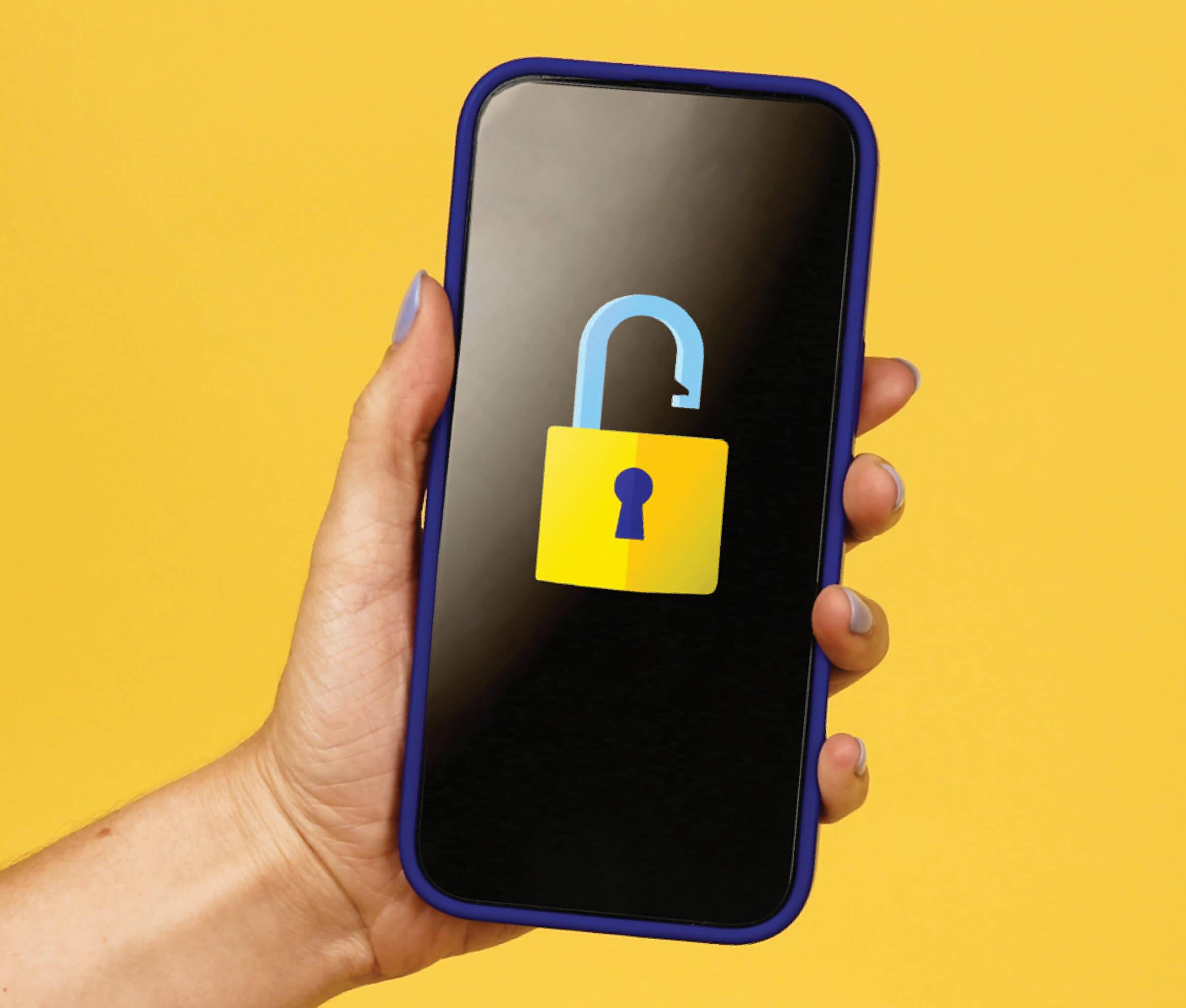
90 | Buy an “unlocked” phone. Usually new phones you buy from a carrier come attached to that carrier’s network. If you buy from a phone maker, you can choose not be tethered to any carrier. This gives you more flexibility later to switch networks to snag a lower price.
91 | Avoid redundant insurance. Some credit cards include insurance for damaged or stolen phones as long as you pay your monthly phone bill with the card. So check the fine print of your current cards before you spend $10 to $20 per month for the protection sold through your carrier.
92 | Test out cheaper networks. Before you commit to a lower-priced carrier and network, ask to test it out for a week to ensure it works for you. Many companies will give you a physical or electronic SIM card for a trial.
DENTAL CARE
93 | Time procedures to maximize coverage. Most dental insurers offer a maximum annual payout, such as $1,500. Once you blow through that, you’re usually paying out of pocket. For pricey procedures running above that maximum, spread out the services when possible. One appointment in December and one in January will reduce your share of the bill.
94 | Visit a dental school. Check out the websites of local colleges and universities to find out if their dental students offer care. Fees can be up to 50 percent lower than private-practice charges. They often accept insurance.
95 | Stop problems early. Many insurance companies cover 80 percent of the cost of filling a cavity (once your annual deductible is met), which may run $150 to $300 for one or two teeth. But if your cavity grows into a more complex problem that requires advanced restorative work, your insurer typically pays a smaller share of the more expensive bill—say, 50 percent toward the cost of a crown that can run $500 and up. The price of letting the problem linger: at least $220, sometimes substantially more.
SHOPPING APPS
96 | Automate comparison shopping. While you shop from your phone or computer, apps and browser extensions can work in the background, finding the best promo codes and comparing prices across various retailers. Popular programs include RetailMeNot, Honey, ShopSavvy, CouponCabin and Capital One Shopping. RetailMeNot, for example, has thousands of discount codes, some not available elsewhere, that can be automatically added at checkout. ShopSavvy lets you compare prices across thousands of websites and alerts you if an item you’ve been eyeing goes on sale.
97 | Earn cash back. An easy way to save on items you’re already buying, such as groceries and household staples, is to sign up for a cash-back app or platform. Then when you shop at participating retailers, you’ll get back a percentage of your purchase, usually 2 to 10 percent (or a dollar value). The money is usually sent through PayPal or Venmo, or by check. Check out programs such as RetailMeNot and Rakuten. Ibotta is great for groceries.
98 | Shop through your credit card issuer. Log in to your credit card rewards site every month or so and browse the shopping deals often overlooked there. You may find discounts and cash-back opportunities at specific retailers, some of which you must activate before shopping. Another noteworthy offer you may find on your account: Some issuers let you make a large purchase and pay it off over time at a lower interest rate than your regular credit card’s rate.
99 | Track subscription services. More than 40 percent of consumers have forgotten about a subscription they are paying for, and they also underestimate how much they are paying for subscriptions by an average of $133 a month. Keeping track of what you’ve signed up for, and at the same time remembering when free trial periods end, requires organization. Apps like Rocket Money and Bobby can help you manage the chaos. Or you can track your subscriptions on an Excel spreadsheet in a computer file. And set calendar alerts to cancel free trials.
Beth Braverman is a personal finance writer who has written for Money magazine and CNBC.com. Amanda Gengler is a financial writer who worked for Money. David Schiff is a writer and editor who has worked for Consumer Reports and Reader’s Digest.
LOOKING TO SAVE EVEN MORE?
AARP members can go to aarp.org/99Tips2025 to find 25 bonus tips on our Members Edition site.
OUR SOURCES
Savings authorities interviewed for this article include:
Iyaz Akhtar, mobile analyst, PCMag.com
Isabella Canedo, beauty stylist and makeup artist
Stephanie Carls, retail insights expert, RetailMeNot
Michael Clayman, owner, Warehouse Club Focus
Nicholas De Leon, senior reporter, electronics, Consumer Reports
Randy Harward, senior staff writer, CableTV.com
Clint Henderson, managing editor, The Points Guy
Courtney Klosterman, home insights specialist, Hippo Home Insurance
Melissa Lambarena, personal finance expert, NerdWallet
Michele Madhok, CEO, SheFinds
Kimberly Palmer, consumer specialist, NerdWallet
Vishwas Prabhakara, Founder and CEO of Honey Homes
Mike Quincy, automotive content writer, Consumer Reports
Jon Reed, senior editor, CNET
Lorraine Rhoads, director of health and safety, Dogtopia
Ted Rossman, senior industry analyst, Bankrate
Matt Schmitz, managing editor, HomeServe
Katie Corrigan Seemann, travel partnerships manager, Upgraded Points
Robert Sinclair, senior manager public affairs, AAA Northeast
Sharon Sullivan, senior managing editor, Lawn Love
Beth Swanson, content specialist and insurance analyst, The Zebra
Andrea Woroch, consumer finance expert and writer, CardRates.com
TYPOGRAPHY BY JORDAN METCALF; PHOTOGRAPHY BY AARP STAFF